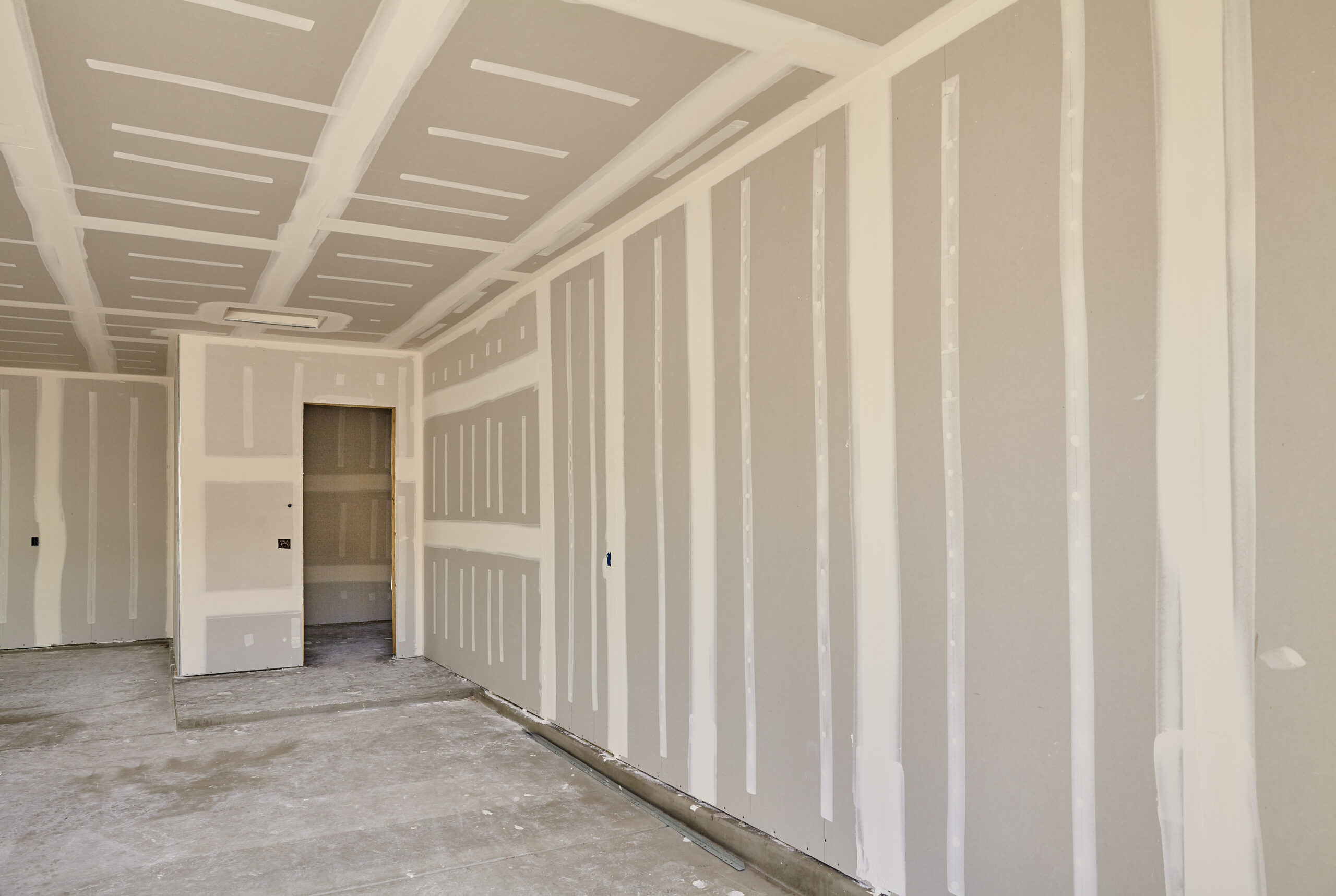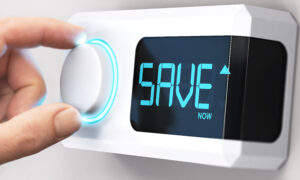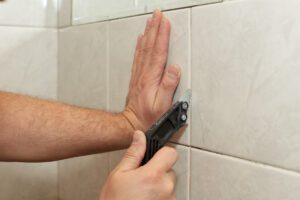When embarking on a drywall project, all DIY’ers face the choice of the right type of tape for your joints. The debate between paper and mesh drywall tape is a longstanding one, with each type offering unique benefits and challenges. In this guide, we’ll examine the nuances of paper vs. mesh drywall tape, helping you make an informed choice for your next project.
Understanding Drywall Tape: A Primer
Before we get into the specifics, let’s understand what drywall tape is and why it’s essential. Drywall tape is used to cover the seams between sheets of drywall, providing a smooth, seamless finish and preventing cracks. If tape isn’t used, the drywall compound shrinkage will cause cracks to appear over time. There are basically two main types: paper and mesh. Each has its own set of characteristics that can impact the outcome of your project.
Paper Drywall Tape: The Traditional Choice
Paper tape has been the go-to choice for professionals for decades. It’s known for its strength and ability to create a smooth finish, especially on flat joints and inside corners. Paper tape requires a layer of joint compound (mud) to adhere to the wall, which, while adding a step to the process, contributes to a stronger bond.
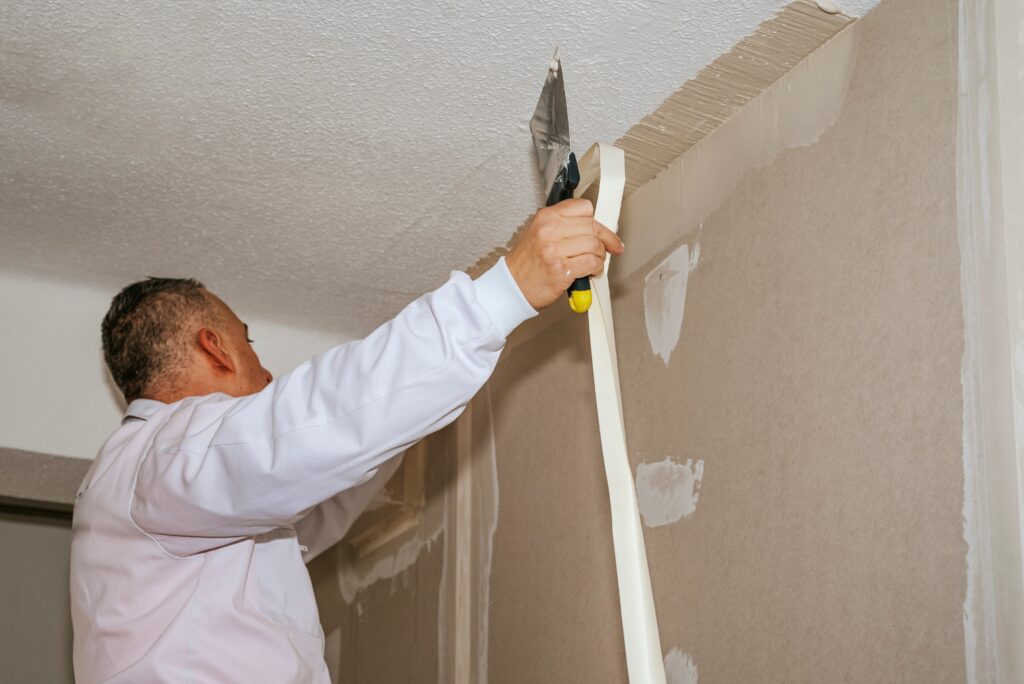
Pros:
- Better for inside corners: Paper tape can be folded to create crisp angles.
- Cost-effective: Generally cheaper than mesh tape.
- Less visible under thin coats: Ideal for butt joints.
Cons:
- More skill required: Requires careful application to avoid air bubbles.
- Longer drying time: The mud layer beneath the tape must dry before additional coats can be applied.
Paper Drywall Tapes
| Product Name | Product Image | Price* | Action |
|---|---|---|---|
| U S GYPSUM 382198 Dry/Wall JNT Tape | 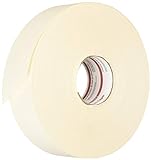 |
$15.10* | Check Price on Amazon |
| Hubaow Drywall Paper Tape | 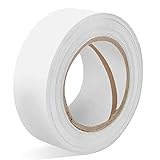 |
$9.99* | Check Price on Amazon |
| IPG Paper Drywall Joint Tape | 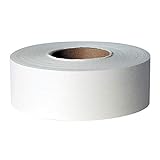 |
$13.97* | Check Price on Amazon |
* Price at the time of this review
Mesh Drywall Tape: The Modern Alternative
Mesh tape, a more recent innovation, is made of fiberglass and is self-adhesive. This feature makes it easier and quicker to apply, as it doesn’t require a bed of mud for adhesion.
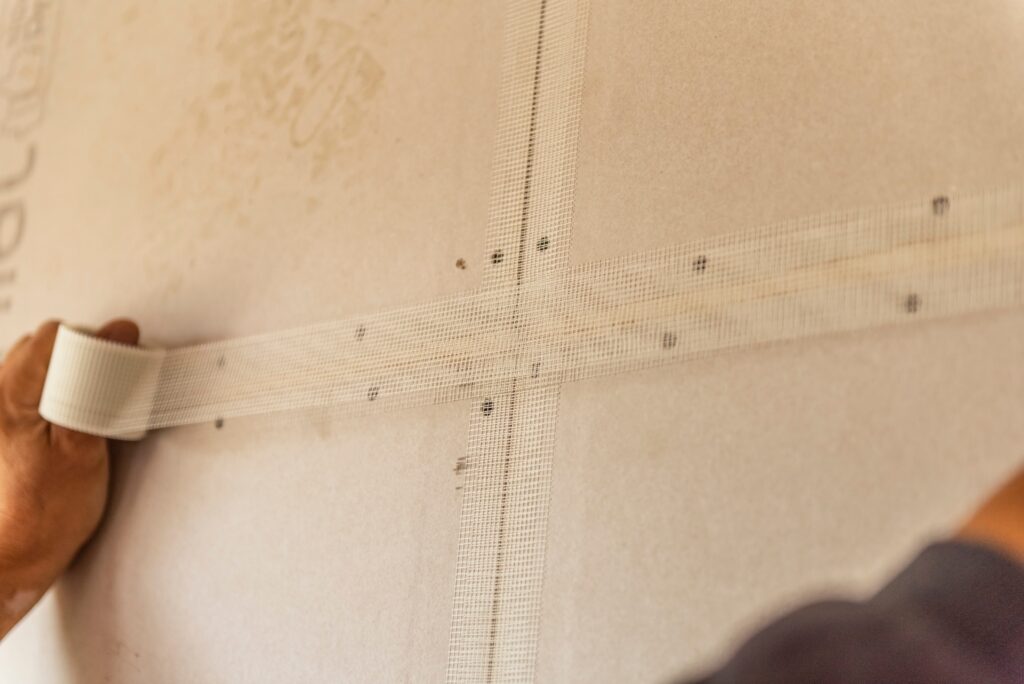
Pros:
- Ease of use: Self-adhesive and simple to apply.
- Time-saving: Eliminates the need for a first layer of mud.
- Moisture resistant: Ideal for damp areas like bathrooms.
Cons:
- Requires specific mud: Best used with setting-type compound to prevent cracking.
- Can be visible under thin coats: The texture of the mesh might show through if not done properly.
Mesh Drywall Tapes
| Product Name | Product Image | Price* | Action |
|---|---|---|---|
| Etosson Mesh Drywall Joint Tape | 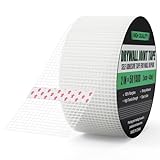 |
$8.49* | Check Price on Amazon |
| NEZUIBAN Drywall Joint Tape | 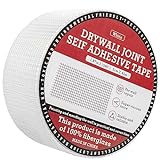 |
$7.98* | Check Price on Amazon |
| Duck Brand Self-Adhesive Fiberglass Drywall Tape | 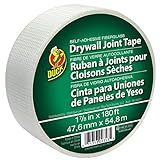 |
$9.99* | Check Price on Amazon |
* Price at the time of this review
Making the Right Choice: Factors to Consider
Project Location and Conditions
The location of your project plays a significant role in tape selection. Mesh tape’s mold resistance makes it a better choice for moisture-prone areas. However, for high-traffic areas or places prone to impact, the strength of paper tape might be more beneficial.
Skill Level and Time Constraints
Your experience level and the time you have available can also influence your choice. Mesh tape’s ease of application makes it a favorite among DIY enthusiasts, while professionals might prefer the control and finish that paper tape offers.
Budget Considerations
Cost is always a factor in home improvement projects. Paper tape is generally more affordable and doesn’t require additional materials like specific types of mud, making it a budget-friendly option.
Best Practices for Application
For Paper Tape:
- Apply a thin layer of joint compound.
- Carefully place the tape on the seam, ensuring no air bubbles.
- Smooth out with a drywall knife and let dry.
- Sand as needed
- Add additional layers of mud, thinned out as necessary
- Go to Step-4 and repeat as much as needed. Typically 3 coats for a good finish.
For Mesh Tape:
- Apply the self-adhesive tape directly to the seam.
- Cover with a layer of setting-type compound.
- Smooth and let set.
- Sand as needed
- Add additional layers of mud, thinned out as necessary
- Go to Step-4 and repeat as much as needed. Typically 3 coats for a good finish.
Tailoring to Your Needs
Both paper and mesh drywall tape have their places in the world of drywall finishing. Your choice should be based on the specific requirements of your project, your skill level, and your budget. Whether you opt for the traditional strength of paper tape or the modern convenience of mesh, the right choice will lead to a successful and satisfying drywall project.
Remember, the key to a great finish is not just the materials you use but the care and attention you put into the application. Happy taping!
John

